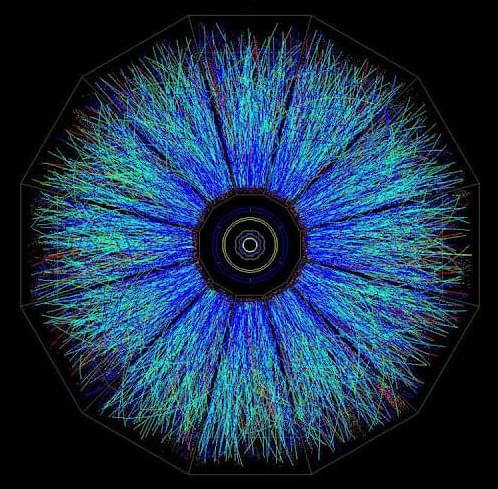Is a non-profit organization that presents a new socio-economic model utilizing science and technology toward social betterment to achieve a sustainable civilization of abundance for all, without exception.
Get the latest international news and world events from around the world.


No More Cavities? Organoids Pave the Way for Enamel Regeneration
Stem cells have been used to produce organoids that release the proteins responsible for forming dental enamel, a substance that shields teeth from harm and decay. This initiative was led by a multi-disciplinary team of researchers from the University of Washington in Seattle.
“This is a critical first step to our long-term goal to develop stem cell-based treatments to repair damaged teeth and regenerate those that are lost,” said Hai Zhang, professor of restorative dentistry at the UW School of Dentistry and one of the co – authors of the paper describing the research.
The findings are published today in the journal Developmental Cell. Ammar Alghadeer, a graduate student in Hannele Ruohola-Baker’s laboratory in the Department of Biochemistry at the UW School of Medicine was the lead author on the paper. The lab is affiliated with the UW Medicine Institute for Stem Cell and Regenerative Medicine.


Google reportedly building A.I. that offers life advice
😗😁
One of Google’s AI units is using generative AI to develop at least 21 different tools for life advice, planning and tutoring, The New York Times reported Wednesday.
Google’s DeepMind has become the “nimble, fast-paced” standard-bearer for the company’s AI efforts, as CNBC previously reported, and is behind the development of the tools, the Times reported.
News of the tool’s development comes after Google’s own AI safety experts had reportedly presented a slide deck to executives in December that said users taking life advice from AI tools could experience “diminished health and well-being” and a “loss of agency,” per the Times.

This is the most accurate image of an atom
A mysterious quantum phenomenon reveals an image of an atom like never before. You can even see the difference between protons and neutrons.
The Relativistic Heavy Ion Accelerator (RHIC), from the Brookhaven Laboratory in the United States, is a sophisticated device capable of accelerating gold ions to a speed of up to 99.995% that of light. Thanks to him, it has recently been possible to verify, for example, Einstein’s famous equation E=mc2.




Long-lived quantum state points the way to solving a mystery in radioactive nuclei
Timothy Gray of the Department of Energy’s Oak Ridge National Laboratory led a study that may have revealed an unexpected change in the shape of an atomic nucleus. The surprise finding could affect our understanding of what holds nuclei together, how protons and neutrons interact and how elements form.
“We used radioactive beams of excited sodium-32 nuclei to test our understanding of nuclear shapes far from stability and found an unexpected result that raises questions about how nuclear shapes evolve,” said Gray, a nuclear physicist. The results are published in Physical Review Letters.
The shapes and energies of atomic nuclei can shift over time between different configurations. Typically, nuclei live as quantum entities that have either spherical or deformed shapes. The former look like basketballs, and the latter resemble American footballs.